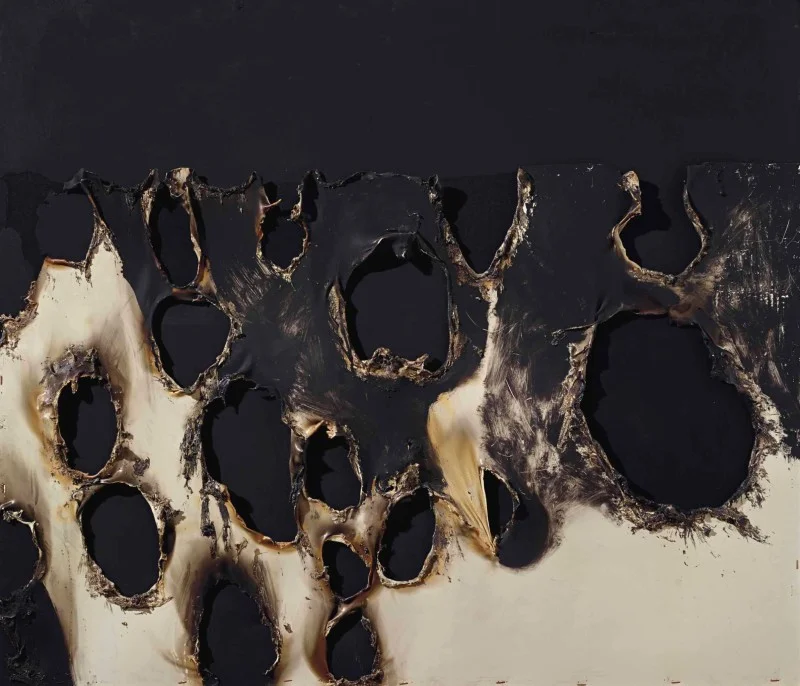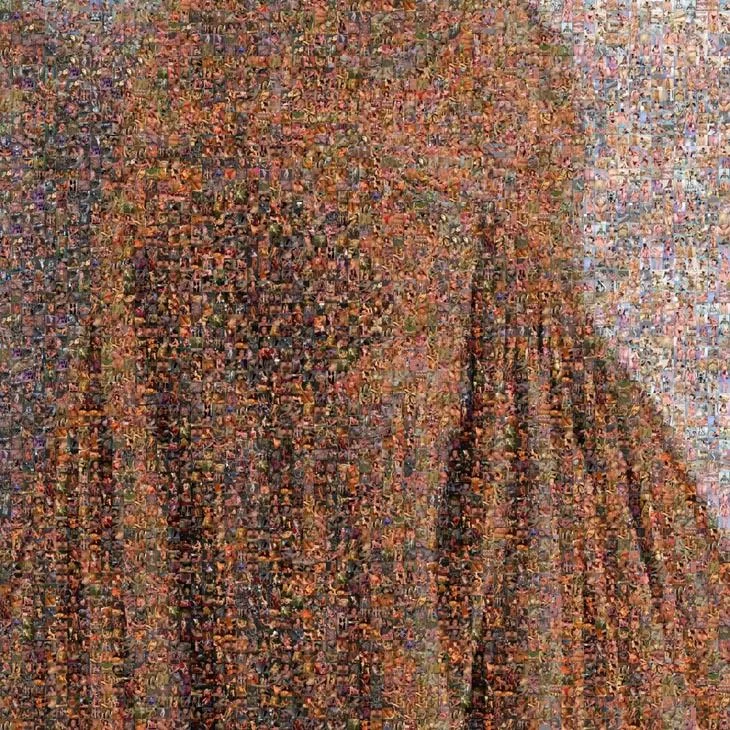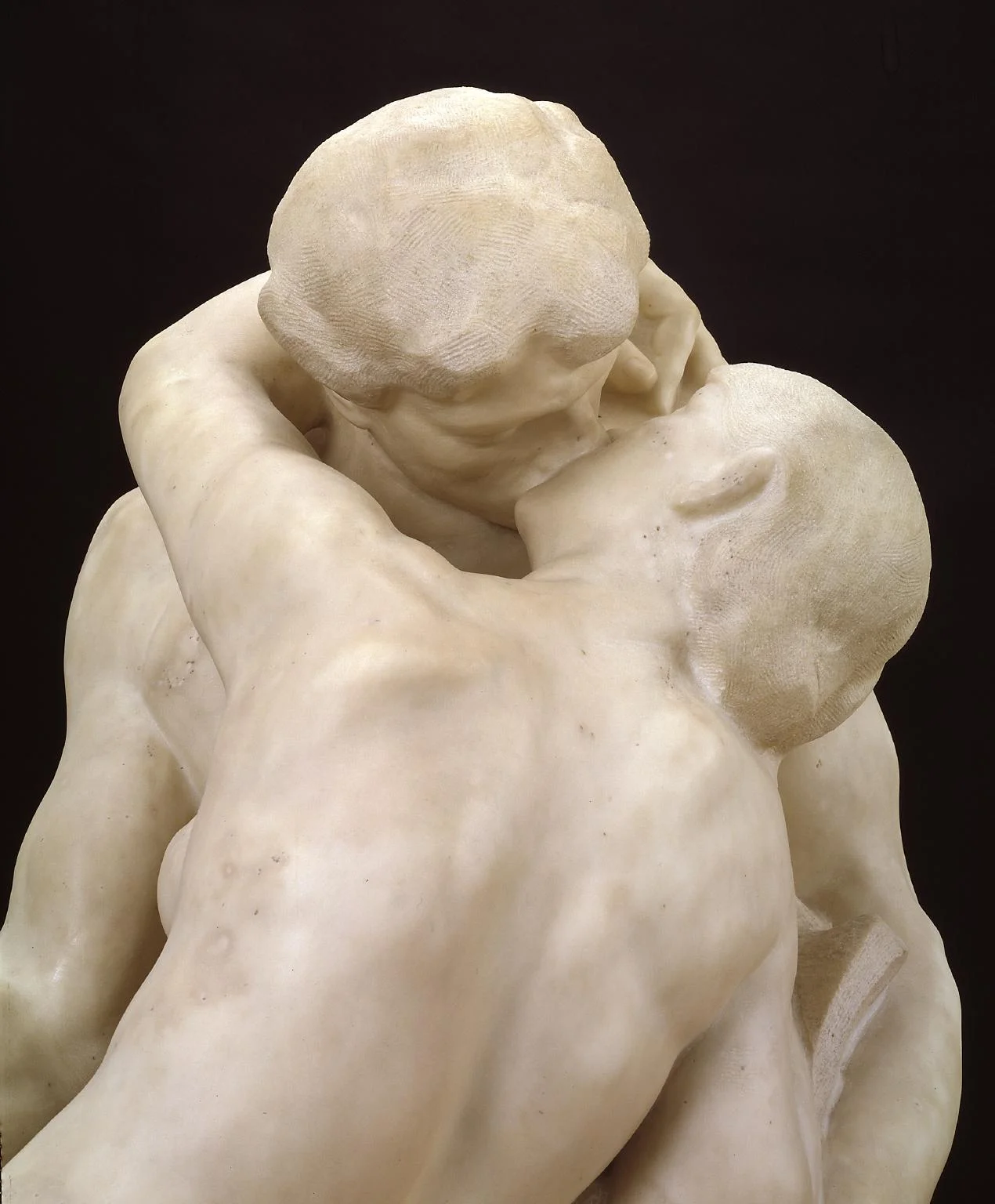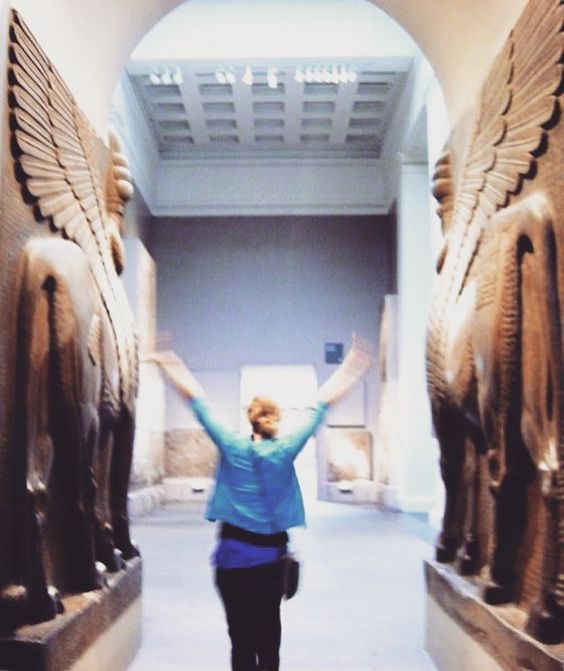Viennese Actionism is an example of Austrian performance art that took place between 1960-1971 and is, to this day, considered controversial. Placing it into a historical context, the consequence which the so-called Victim Myth, propagated after WWII, had on its people. This myth is a theory that argues that Austria has essentially been the first victim of Nazi Germany, having been annexed in 1938 to be part of the Third Reich.
Read MoreAn ocean, a desert, a night sky … Vija Celmins’ photorealistic paintings have impressed the art world for over forty years.
Read MoreOn 24th February, 2017 the provocative and controversial Chinese photographer and poet, Ren Hang, aged 30, leapt from a building to his death. He had long been known to have clinical depression, partly being famous for his blog titled “My Depression” that he began in 2007. His work, which tended to place the naked body, both male and female, either within nature or modern urban landscapes, was dark, emotional and corporeal. In his work flesh was tangible, sensual and sordid. However, the photos also have a feeling of gentleness and intimacy, even innocence.
Read MoreArles 1888: Vincent van Gogh paints sunflowers. He is obsessed with the colour yellow, seeing it as uplifting. Over and over he produces still lives of sunflowers, all in an attempt to lure Paul Gauguin into coming to Arles. Van Gogh dreams of an artistic colony, a place where artists could paint without any restrictions from bourgeois Paris, and sees Gaugin as the perfect partner.Paul Gauguin is not keen on moving in with the socially awkward and shy Van Gogh.
Read MoreRashid Rana is considered Pakistan’s most influential contemporary artist. He was born in 1968 in Lahore and is the fifth son of a policeman. Despite pressure to pursue a more practical career, such as medicine, the army or the civil service, Rashid attended the National College of Art in Lahore. He later studied at the Massachusetts College of Fine Arts in Boston and is currently the head of the fine art department at Beaconhouse National University in Lahore. His significance was made concrete when he was made a solo exhibitionist for the Pakistan pavilion at the Venice Biennale in 2015. In his art he explores concepts around the globalising modern world, its contradictions and society’s representation of particular groups.
Read MoreArguably the most famous sculpture of a kissing couple, Rodin’s The Kiss radiates passion and tenderness. He renders beautifully their texture (notice his hand on her leg), and captures an intimate moment, enshrining for all time it as a paragon of affection.
Read More‘Slippery’, ‘moist’, ‘fleshy’ – Art historian Thomas Hess’s lexical field is enough to make anyone sweat – is he describing a porno or an abattoir? Neither. The ‘primal ooze’ Hess discusses is in reference to Abstract Expressionist Willem de Kooning, who, in Hess’s description, becomes a God-like figure, creating life with his bare hands (and paintbrush) – a miracle worker.
Read MoreIt all began with one painting. Pentecost, painted in 1909 by the Expressionist artist Emil Nolde, now hanging in the Nationalgalerie Berlin. One painting that would mark one of the most controversial fights between artists in the German art world of the 20th century is now one of the primary examples to illustrate the fundamental differences between Expressionism and Impressionism.
Read MoreThese are some of the more memorable slogans taken from Women’s March signs that paraded the streets this week on January 21, 2017. On this day, women and their allies gathered in major metropolis’s all over the world to, “march, speak, and make our voices heard” according to womensmarch.com. Estimates of the turnout in Washingtion D.C., which served as the axis point for the movement, ranges everywhere from 500,000 to 4 million, with claims that it was the second busiest day for public transport in the city ever, just behind President Obama’s inauguration.
Read MoreI walked in on a crime scene in the Scottish Museum of Contemporary art. A misshapen, gruesome figure lay on the floor. Giacometti has challenged us to face a woman’s final moments in his sculpture Woman with her Throat Cut. Is she riving in pain abused? Or is she an abuser herself? And what does this piece show of the inter-war period of the 20th century? My observations show the tangled relationship between the archetypes “woman as victim” and “woman as femme fatal” in surrealist art.
Read MoreNothing signifies “China” more than her written language. Its aesthetic pictographic beauty has stunned people all over the world for centuries, but so has its complexity. Chinese history, particularly in the twentieth century when education has come to the forefront of governmental obligations, is dominated by the long battle against illiteracy. Chinese is one of the few languages on earth in which it is possible to become illiterate once having been educated.
Read MoreWhen most people think of Chinese ceramics they tend to think of Yuan and Ming dynasty blue-and-white bowls and vases. However, the Chinese porcelain tradition goes back long before the development of that particular aesthetic. During the Song dynasty, designs leant more towards the minimalist and elegant in contrast to the large, busy and thick designs of the Ming dynasty. Before the hegemony of the Jingdezhen kilns under the Yuan and Ming emperors, there were several different kiln sites, each with their own styles and techniques.
Read MoreIt was 2015. I was working in a public relations office in Washington D.C., surrounded by big-screen televisions that hung on almost every available wall surface, playing out a constant stream of public life and politics on mute. I experienced most news events during my years there in real-time, sitting in front of my computer clutching the day’s fourth cup of coffee, eyes wide. However, for some reason it was a different kind of punch to the gut when I looked up and saw ISIS militants taking sledgehammers to 3,000-year-old sculptures in the ancient cities of Iraq and toppling statues in museums
Read More

















